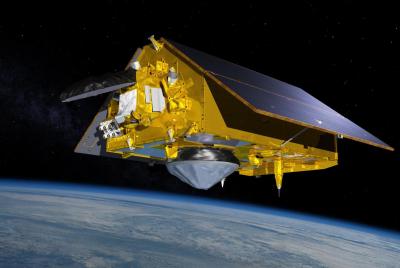MIT demonstrates new smart quadcopter drone that navigates a 'forest' by itself
Drone technology is advancing fast, and we've already seen drones that can build things and self-destruct. Now, the Massachusetts Institute of Technology (MIT) has demonstrated new algorithms that help a quadcopter drone find its way through a maze of closely packed obstacles.
Obstacle-detection and motion-planning are two of computer science's trickiest challenges because of the complexity involved in creating real-time flight plans that avoid obstacles and handle surprises such as wind and weather.
Weighing a little more than 1oz and clocking in at 3.5in from rotor to rotor, the drone can fly through the 10sq ft space at speeds upwards of one metre a second. The algorithms are freely available online, and were previously used to plan footsteps for CSAIL's walking Atlas robot.
Although this technology won't be public-facing for a while, the potential uses are endless. For instance, navigating disaster zones – such as the recent earthquake in Nepal – would make searching for survivors much easier.
© Copyright IBTimes 2025. All rights reserved.






















